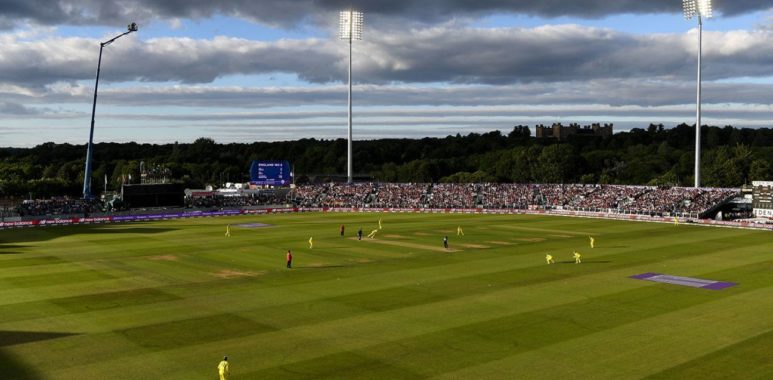
Explainer: Men’s ODI World Cup Super League
Thirteen teams, 156 matches, one champion.
The Men’s ODI World Cup Super League has been a long time coming – workshops, meetings and delays enforced by the Covid-19 pandemic included – but with the ICC announcing that the inaugural edition of the tournament gets underway when England take on Ireland for three ODIs starting July 30, the pathway to the 2023 50-over World Cup has been defined.
Devised to impart relevance and context to men’s ODI cricket, the Super League warrants that a series featuring lower-ranked sides has just as much importance as those involving the heavyweights, given every game, to some degree, will affect all 13 teams in the league. With new details announced, ESPNcricinfo looks at what the competition offers.
Road to the 2023 ODI World Cup
Aside from attempting to make the 50-over format more meaningful to fans, irrespective of their allegiance with the eventual champion, the Super League will also determine which teams get to the next World Cup, to be held in India in October-Novemeber 2023.
At the end of the league, India and the top seven teams qualify directly for the 2023 World Cup. For the bottom five, though, their World Cup dreams won’t be over. They, along with five Associate sides, will participate in the ODI World Cup Qualifiers, which will then decide the final two entrants to the ten-team World Cup.
Each team will earn ten points for a win, five points for a tie or no result or abandonment, and zero points for a loss. The sides will be ranked according to total points earned across the eight series.
Like the World Test Championship, teams won’t be facing every opponent
Each team plays only eight of the 12 other competing countries in three-match bouts for a total of 24 league games, meaning four series at home and four away. As per the current Future Tours Programme (FTP) match-ups, that means Rashid Khan will not be bowling to Aiden Markram or Jos Buttler. Nor will there be a Virat Kohli v Mohammad Amir face-off alongside several other match-ups that the ODI league might not witness.
There’s another conundrum: a situation wherein a team that wins the league might not even have faced the teams that finish second, third and even possibly fourth on the points table. In that case, are the league winners really champions? The discrepancy in match-ups could also affect the World Cup qualification. The match-ups – the ICC had said in 2018 – would be devised according to the ODI rankings to ensure parity.
Why is Netherlands the 13th team, and not Scotland or Namibia?
The 13th and final spot in the ODI league was reserved for the winner of the World Cricket League Championship, which was won by Netherlands after beating Namibia in their final game. While that has assigned the Dutch regular top-flight cricket – including more bilateral ODIs than they’ve ever played to date – for the duration of the ODI league, they won’t be playing India, Australia, Bangladesh or Sri Lanka. Conversely, it also means that these four teams will not have the opportunity to face, arguably, one of the league’s weaker teams.
The end of context-less cricket? Not quite
Despite the league’s relatively short window, there will still be some ODI cricket during that period whose results will not count towards it.
Sri Lanka are scheduled to play five ODIs against Australia in June 2022, but only the first three games will be part of the league. Similarly, India are supposed to play Australia and New Zealand twice each during the league’s window – but only one of those series will count towards it. Likewise, Afghanistan are slotted to play ODIs against nine teams during that period, but we know only eight of those will be played under the league’s purview.

